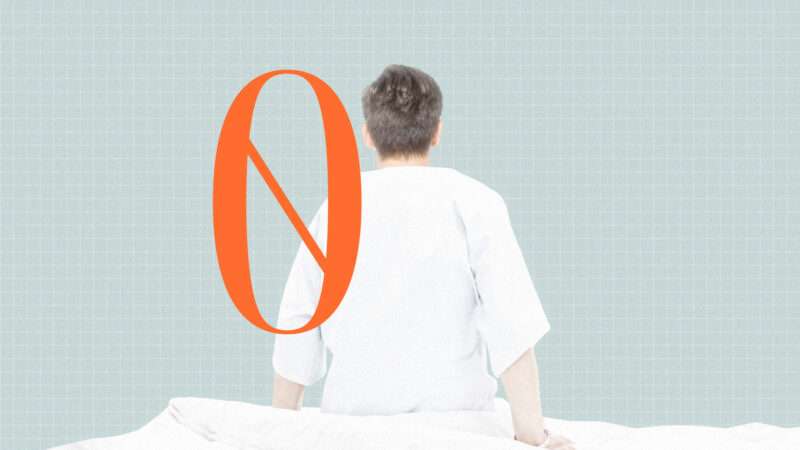
The term "patient zero" has been a fraught one over the last several years.
Most recently, it received renewed scrutiny after 980 contributors and staffers at The New York Times sent a letter to management, characterizing the paper's coverage of transgender people as hostile. Chief among their complaints was Staff Writer Emily Bazelon's use of the term in her piece about the debates taking place in the gender therapy field among doctors who are trying to figure out the best course of medical treatment for trans-identifying patients, particularly those who are minors. "Emily Bazelon's article…uncritically used the term 'patient zero' to refer to a trans child seeking gender-affirming care, a phrase that vilifies transness as a disease to be feared," the contributors wrote. That complaint misses the mark and illuminates the perils of policing language.
"Patient zero" may denote the first person to be diagnosed with a virus within a certain population, the first person in a medical study, or the first person to receive a certain kind of treatment. It is sometimes used to refer to inanimate objects, like computers, or people at the center of a new trend.
In her New York Times story, Bazelon used the term to refer to a teenager who was the first person to receive a revolutionary new medical treatment in the 1980s at a gender clinic in Amsterdam. "Patient Zero, known as F.G., was referred around 1987 to Henriette A. Delemarre-van de Waal, a pediatric," wrote Bazelon. "At 13, F.G. was in despair about going through female puberty, and Delemarre-van de Waal put him on puberty suppressants."
In objecting to the term, the Times contributors cite a story about its genesis. The label was first attached to Gaëtan Dugas, an AIDS patient who was erroneously thought to have been the match that set the HIV/AIDS epidemic ablaze in the United States. On documentation for the Centers for Disease Control and Prevention (CDC), Dugas was named "Patient O" for "Out-of-California." It was later mistakenly read as "Patient 0," or "patient zero." That misreading, when paired with Dugas' promiscuous behavior—he told a CDC investigator he'd slept with hundreds of men each year—left some with the incorrect impression that he was to blame for the start of the crisis, a claim popularized by Randy Shilts' 1987 book And the Band Played On.
In other words, the term "patient zero" did come from a dark place. But it has since grown into something much more complex and developed additional, nuanced meanings, as language tends to do. Bazelon used the term to refer to the first person to receive a treatment—not to spread a disease. Particularly important is that the patient is described as being happy with the treatment and the outcome.
What's more, it appears Bazelon likely got the term from the Dutch historian, Alex Bakker, a transgender man who has written about the subject over many years.
Bakker is cited in Bazelon's article. In his book, The Dutch Approach, he speaks with F.G. In the book, he refers to F.G. with a familiar term. "Therefore 'patient zero' was carefully examined for his functioning ten years later," Bakker writes.
As a transgender man who has also written about his own experiences, Bakker is a sympathetic historian. Reached by email shortly after the publication of the New York Times letter, he tells Reason: "Framing the term 'patient zero' as 'a phrase that vilifies transness as a disease to be feared' seems to me to be a rhetorical choice, not an established fact."
"I guess it's all in the eye of the beholder but I don't agree with it at all," he continues. "To me it's a neutral term that you can use to describe this particular part of medical history. It's not meant to describe F.G. as a person, it refers to the development of the treatment of puberty blockers."
There's no reason to think the Times letter writers were aware of this backstory, but as journalists (and as Bazelon's colleagues) they could have inquired. Regardless, wordsmiths should know that words are complex. Twisting words is a popular method of attack in the culture war, but it's a lose-lose game.
"This does not in the least conflict with the use of the term patient zero, not with me, not with my audiences…not with F.G. himself," says Bakker. "My response to the critics of the term 'patient zero' would be: don't read into it, don't take this out of context, and focus on the real issues here, the very real threat of transphobia and trans human rights being undermined."
The post 'Patient Zero' Is Not Hate Speech appeared first on Reason.com.







